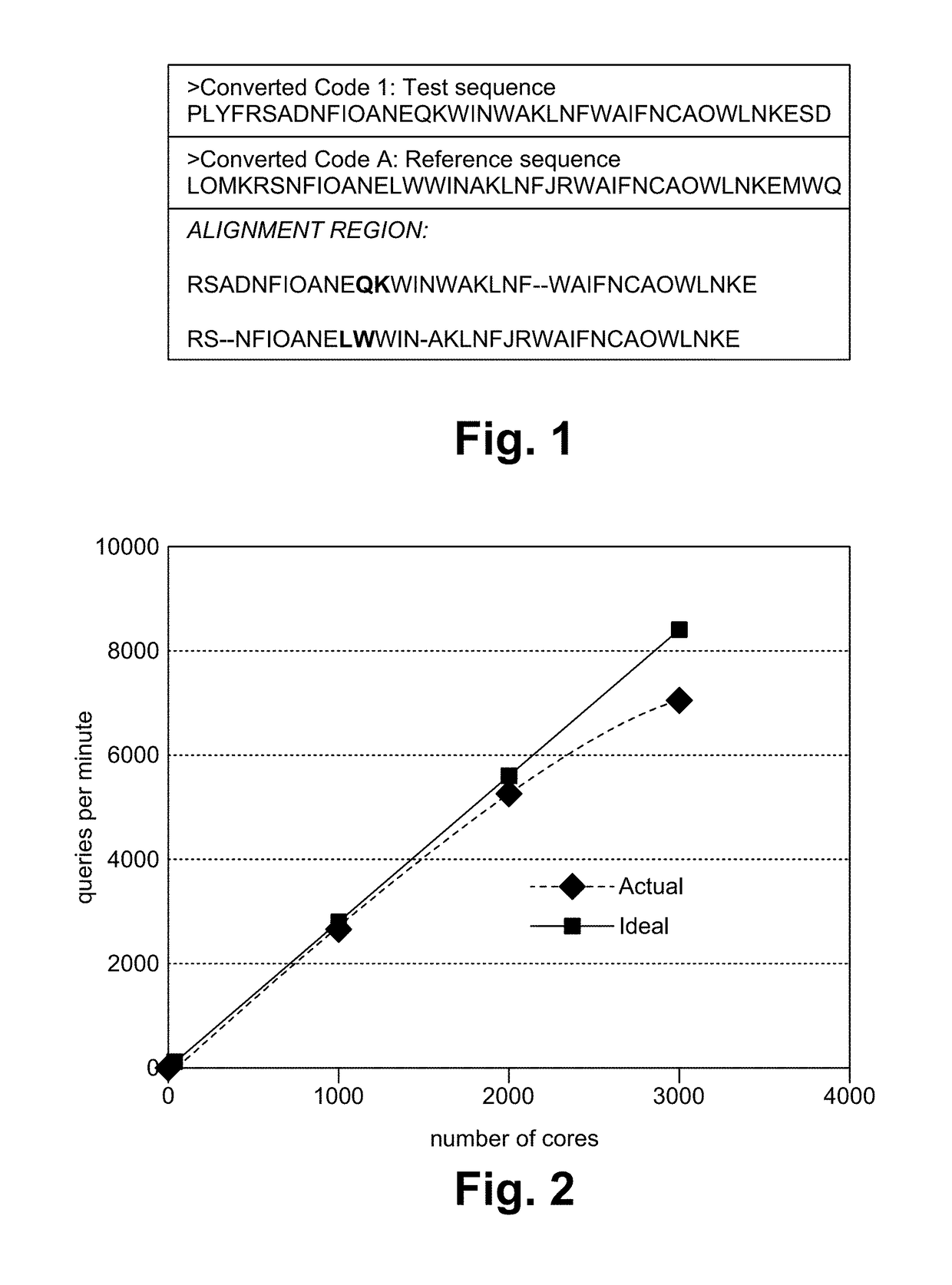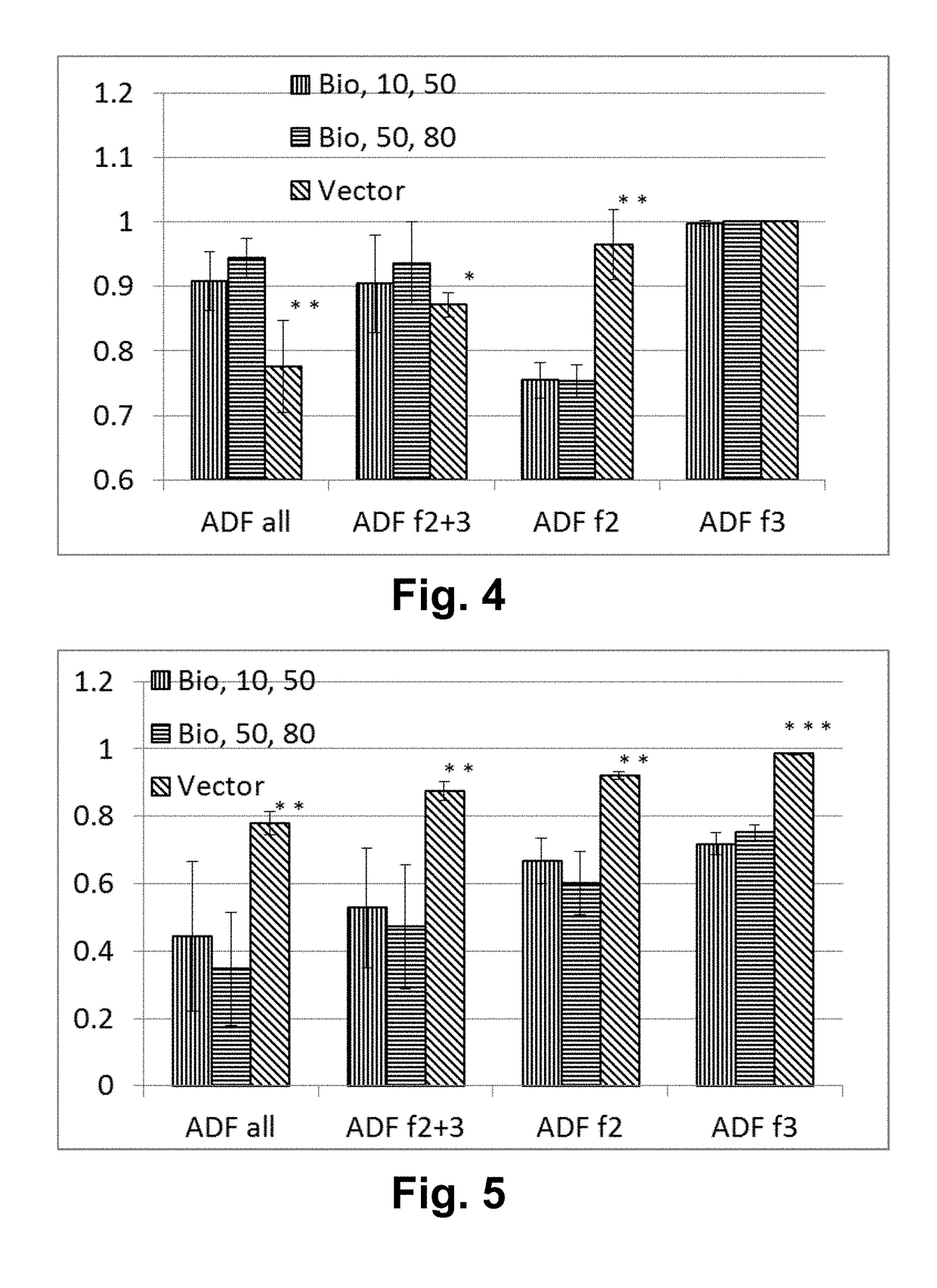Biosequence-based approach to analyzing binaries
a binary and sequence-based technology, applied in the field of computer analysis, can solve problems such as non-trivial tasks
- Summary
- Abstract
- Description
- Claims
- Application Information
AI Technical Summary
Problems solved by technology
Method used
Image
Examples
Embodiment Construction
[0017]An organic variation in the population of binaries motivates an approach for recognizing “families and variants” of software binaries as opposed to “individuals.” The ability to recognize related but distinct variants is important for several practical applications, such as maintaining a large repository of software (such as the NIST repository) in which one would not want many redundant copies of closely related binaries, detecting the presence of freeware or other licensed code within a developing codebase, and ensuring that only certain applications are used in restricted environments (whitelisting), to name a few. For such applications, instead of traditional code analysis, which may require extensive computational power and far more detailed analysis than necessary, there is a need to draw from techniques in other domains such as biological sciences that are more amenable to recognizing families and variants.
[0018]Described herein is a novel bio-inspired method for recogn...
PUM
 Login to View More
Login to View More Abstract
Description
Claims
Application Information
 Login to View More
Login to View More - R&D
- Intellectual Property
- Life Sciences
- Materials
- Tech Scout
- Unparalleled Data Quality
- Higher Quality Content
- 60% Fewer Hallucinations
Browse by: Latest US Patents, China's latest patents, Technical Efficacy Thesaurus, Application Domain, Technology Topic, Popular Technical Reports.
© 2025 PatSnap. All rights reserved.Legal|Privacy policy|Modern Slavery Act Transparency Statement|Sitemap|About US| Contact US: help@patsnap.com



